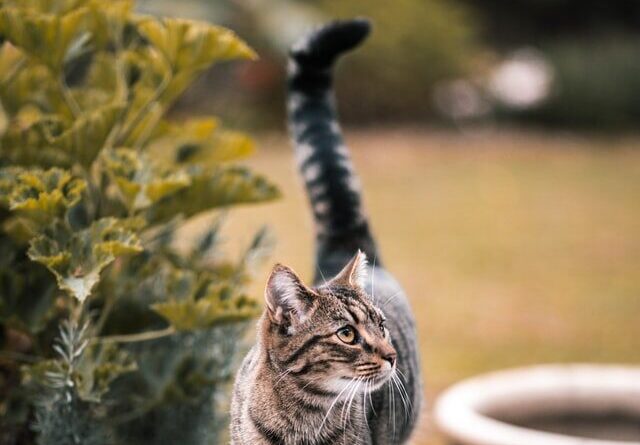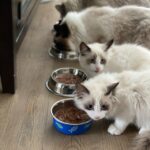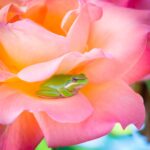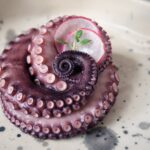Omagari Neko (尾曲がり猫 – Cats with Bent Tails)
Omagari Neko
尾曲がり猫
Yesterday, I introduced you to the term kagishippo (かぎしっぽ), which represents a cat’s tail that is bent like a key.
昨日は、鍵のように曲がっている猫のしっぽを表す「かぎしっぽ」という言葉を紹介しました。
Such cats with kagishippo are also called omagari neko (尾曲がり猫).
「かぎしっぽ」を持つ猫のことを、「尾曲がり猫」とも言います。
O (尾) means “tail,” magari (曲がり) means “bent,” and neko (猫) means “cat,” so omagari neko literally means a cat with a bent tail.
「尻」は “tail”、「曲がり」は “bent”、「猫」は “cat” を意味するので、「尾曲がり猫」は文字どおり “a cat with a bent tail” となります。
To tell you the truth, there are many such cats in Japan.
尾曲がり猫は縁起がよいとされていますが、実は日本にはそのような猫が多く生息しています。
In particular, about 80% of cats in Nagasaki prefecture are omagari neko.
特に長崎県では、約80%の猫が尾曲がり猫だそうです。
It is said that this is because Japanese people believed that cats with long and straight tails could become monsters called nekomata (猫又) and therefore have especially cherished cats with short and bent tails.
この理由の一つに、日本では長くてまっすぐな尻尾を持つ猫は「猫又」という妖怪になるとされ、短いしっぽや曲がったしっぽを持つ猫が愛されていたからという説があります。




